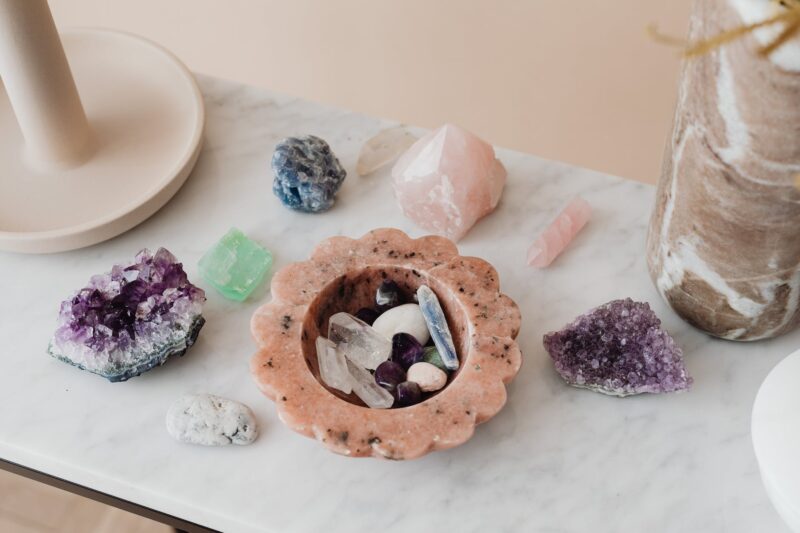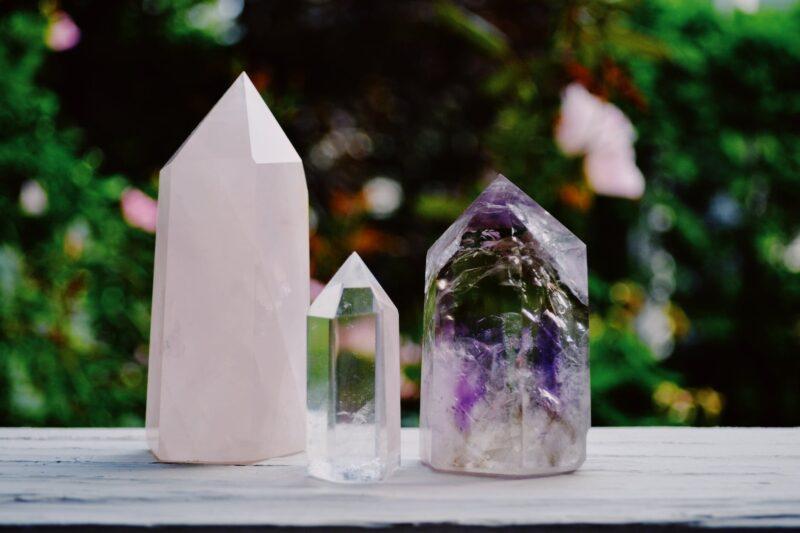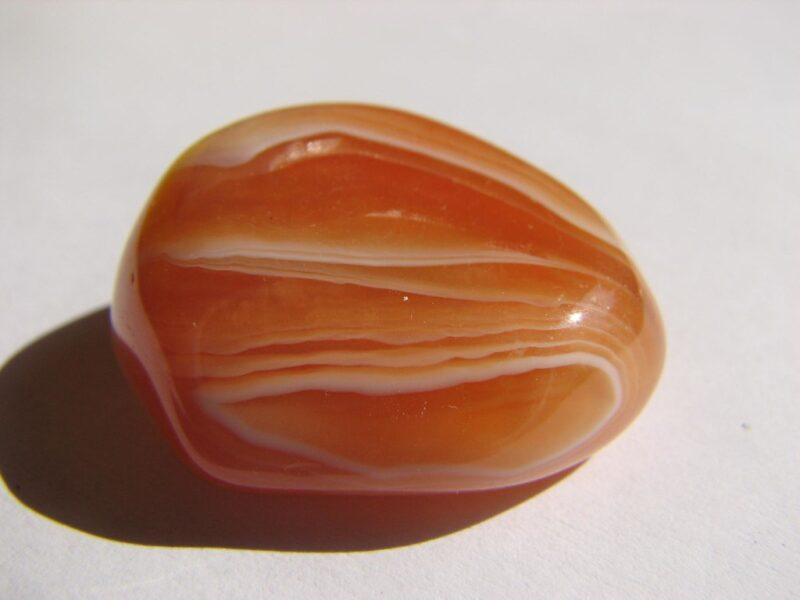For years, the magnificent yellow-green Peridot has been neglected as a lesser gem because it is tiny, easily produced, and relatively inexpensive; it is frequently simply considered the August birthstone. For centuries, its popularity has risen and fallen. However, a recent revival is bringing to light what Peridot enthusiasts have long known: this is a genuinely exceptional stone.
The Gemological Institute of America has dubbed peridot “the extreme gem,” and it is one of only two gems—the other is diamond—that are born of fire and brought to light by the powerful forces of earthquakes and volcanoes. While these Peridots are Earth-born, some Peridot crystals are alien in origin, found in rare pallasite meteorites (only 61 known to date) produced about 4.5 billion years ago, remains of the formation of our solar system. Peridot in its most basic form, olivine, was identified in comet dust carried back from the Stardust robotic space expedition in 2006, observed on the moon, and spotted by NASA’s Global Surveyor equipment on Mars. The ancients correctly believed that peridot was thrown to Earth by a sun outburst and carries healing properties.
Peridot, which comes in shades of olive, is one of the few gemstones that exclusively exists in one color. It evokes the late summer and the beginning of fall, as leaves change from green to gold and dangle like diamonds in the sunlight. It is a crystal of warmth and well-being, both psychologically and physically invigorating. It gives the gift of inner light, which sharpens the mind and opens it up to new levels of consciousness and growth. This makes it easier to see and understand one’s spiritual purpose and destiny.
Peridot, which is associated with the sun, has been cherished since the dawn of civilization for its protective abilities against the forces of darkness. It was employed as a charm against sorcery and magic, bad spirits, night terrors, and madness, and was set in gold and worn around the neck or linked to the left arm. It treated cowardice, soothed rage, and enlightened the mind. Peridot is still revered for its abilities to guard the aura, cleanse the physical and subtle bodies, and relieve emotional loads, guilt, and obsessions. It is very useful for conquering fear, sadness, and other psychological problems, as well as letting go of jealousies, resentment, and spite in order to go forward. Peridot encourages responsibility and forgiveness, developing trust in one’s own skills, and restoring a sense of self-worth. This exquisite talisman, a powerful generator of the frequency of expansion, can be used to generate prosperity in all areas of one’s life: wealth, health, happiness, and love.
Peridot (pronounced pair-uh-doe) is the gem form of Olivine, a magnesium-iron silicate mineral from the forsterite-fayalite family, with the proportion of iron determining the hue. While olivine is a common mineral, gem-quality peridot is uncommon, particularly in bigger stones. It ranges from bright yellow-green, lime-green, or pure green to deep olive-green or brownish-green, with dark olive-green being the most valuable. It usually appears as an eye-clean gem with great transparency and is faceted. Because there is no known treatment to improve its color or clarity, it is not heat-treated or otherwise enhanced. However, there have been instances of unethical producers using metal foiling to boost stability or coat paler stones.
In the ancient world, yellow-green Peridot was known as Topazos, after the remote and inhospitable Topazios Island in the Red Sea where it was discovered. These one-of-a-kind jewels of olivine (not the fluorine-bearing mineral known today as topaz) were mined specifically for the Egyptian monarchs, who kept the location so highly guarded that anyone attempting to come without permission was threatened with death. The Egyptians had a tight grip on the mysterious island for almost 3,500 years. After that, the island was left alone for many years until it was found again in 1905. It was dubbed St. John’s Island and then Zabargad, which is an Arabic term for Olivine or Peridot. In biblical times, peridot was also known as Chrysolite, which is Greek for kreusos (gold) and lithos (stone). The term “peridot” is derived from the Arabic word faridat, which means “jewel.” While it is currently mined in various regions of the world, it remains Egypt’s national gem.





